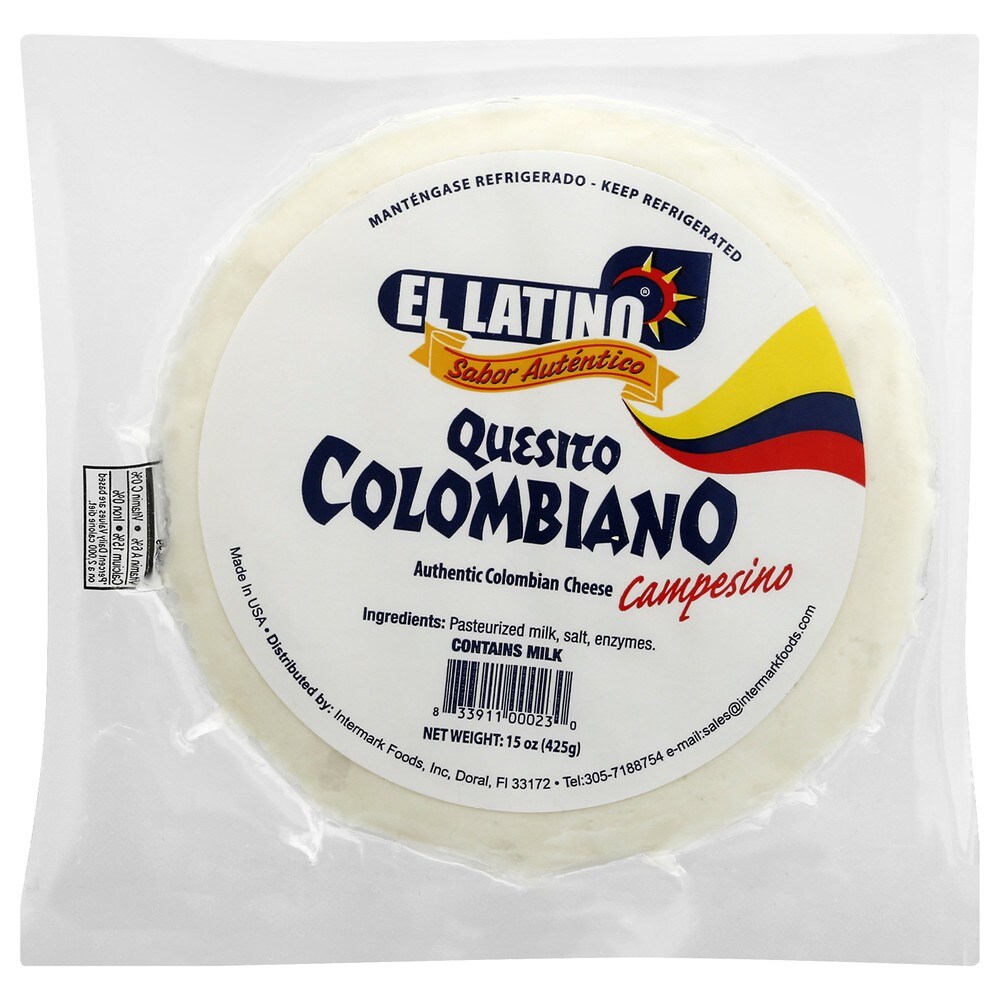The Pandebono is a Colombian bread made with cornmeal, tapioca flour, cheese, and eggs.
Naturally gluten-free.
It is famously known as the Colombian bagel and is often eaten fresh out of the oven accompanied by a hot chocolate.
One of the legends about the origin of its name tells that an Italian baker living in the city of Cali, Colombia, baked this bread and every afternoon walked through the streets of the city shouting in Italian “pane del buono”.
I find the recipe very similar to the Brazilian Pao de queijo, the difference being the absence of milk and the exclusive use of cassava starch in the pao de queijo.

- Difficulty: Easy
- Cost: Very cheap
- Rest time: 10 Minutes
- Preparation time: 5 Minutes
- Portions: 8/9 pieces
- Cooking methods: Oven
- Cuisine: Central American
Ingredients
- 250 g cassava flour
- 80 g masarepa (precooked cornmeal)
- 160 g Colombian quesito (fresh cheese)
- 1 egg
- 1 tsp baking powder
- 2 tablespoons sugar
- to taste salt
Preparation
Finely chop the cheese.
Mix all the ingredients except the egg.
When the dough looks fairly homogeneous, add the egg.
The dough should be soft and flexible. Let the dough rest for about 10 minutes, covered with plastic wrap.
Once the mixture is smooth, make small balls of dough, about the size of a golf ball.
Place the balls on a sheet of parchment paper and bake at 356°F for 20 minutes or until golden brown on top.

Masarepa is a pre-cooked cornmeal used to make arepas.

Colombian quesito is a semi-hard white cheese with the right amount of salt, great for sandwiches and arepas.

To simplify the recipe, you can also find premade flour mix for pandebono.
Are Chipá, Pandeyuca, Pandebono, Almojábana and Pão de queijo the same recipe?
Chipá, pandeyuca, pandebono, almojábana, and pão de queijo are not exactly the same, but they are close relatives: all are part of the Latin American tradition of rolls made from cassava (or tapioca) flour and cheese.
Here are the main differences:
Chipá (Paraguay, northeastern Argentina)
• Cassava flour, aged cheese (like queso paraguayo or hard cheese), eggs, sometimes milk or butter.
• Shape: small donut or ball.
• Guarani origin, strongly linked to Paraguay.
Pandeyuca (Colombia)
• Cassava flour, fresh or semi-aged cheese (queso costeño), eggs.
• Very similar to chipá, but often fluffier.
• Common in Andean regions.
Pandebono (Colombia)
• Mix of cornmeal, cassava starch, and fresh cheese + egg.
• Sometimes with a touch of sugar.
• Differs in the presence of cornmeal.
• Very popular as breakfast or snack.
Almojábana (Colombia, Venezuela, others)
• Pre-cooked white cornmeal (not cassava), cheese, eggs, milk.
• Softer texture, more “bread-like” taste.
• Different from the others because they don’t use cassava/tapioca.
Pão de queijo (Brazil)
• Tapioca starch (polvilho sweet or sour), cheese like minas, eggs, oil or milk.
• Crunchy on the outside, soft and chewy inside.
• Probably the most famous internationally.
In summary:
• All except almojábana are based on cassava/tapioca starch.
• Each variant reflects local ingredients and traditions.
• They are not identical but share a common base: starch + cheese.

